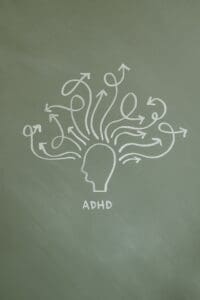Reading is not only a source of knowledge but also good emotional intelligence training. Books help develop empathy and understanding of other people by imagining the inner world of the characters. But with the right approach, their potential can be much greater. Let’s find out how the habit of retelling books allows you to get the most out of reading when you retell them.
Why Retell Books?
Here are some simple reasons:
To Better Remember What You Read
Why read if we forget most of what we read in a week? In many ways, this is an inevitable process, but it is worth trying to remember the most important things. The best way to stimulate your memory is to write down what you have learned in your own words and reread it. This also works well when you are studying — taking notes is a similar process. By the way, if you have problems with some subjects, pay someone to write my research paper and forget about all the worries,
It works like this: When you mentally retell and write down the contents of a book, you are using more areas of the brain than just reading. For example, when writing, the motor centers are active. And by rereading the handwritten text, you stimulate the brain’s speech center more than reading printed text. For this reason, modern textbooks often suggest writing a summary at the end of each chapter.
To Better Understand a Book and Yourself
Usually, even in the process of reading, we can easily determine whether we like the book or not. It is much more difficult to answer the question “Why?” Namely, the richness of the reading experience depends on the answer to it. Discussing what you read with other people (for example, at a book club) is not the only way to sort out your impressions. When you retell books for yourself, it has the same effect.
How to Retell Books?
Some simple but effective tips:
Take Notes in the Margins
Retelling begins with notes. Shane Parrish, the creator of the Farnam Street “intellectual hub,” advises to treat the book as a working material:
- Make notes in the margins.
- Fold over memorable pages.
- Underline phrases that raise questions.
Based on the notes, you can make your own outline of the book, which does not necessarily coincide with its table of contents. Include ideas and concepts that are of interest to you, indicating the pages on which they are mentioned.
Use Feynman’s Method
In the methodology of the American physicist Richard Feynman, the assimilation of the book is divided into four stages, each of which involves you in interacting with the text more and more.
- Write down everything new that you learn from what you read about a particular topic.
- Imagine that you need to explain this to a child in clear language. Discard technical terms and metaphors, and try to formulate a thought clearly, but not oversimplifying or distorting the content.
- Identify gaps in understanding. If you could not explain something to yourself in simple words, go back to the book and try to understand.
- Create coherent text from your notes.
Practice Active Reading
It takes incentives to take regular notes about the books you read. And the best one is feedback. Each book you read is the same reason to speak out, like a good photo and any other impressions. Post your reading notes on social networks, share your favorite quotes on Twitter, write reviews for Goodreads, comment on other people’s reviews. Transform reading comprehension into communication. Active reading differs from passive in the same way as active knowledge of a foreign language differs from passive vocabulary.
Featured Image by Kari Shea from Pixabay





